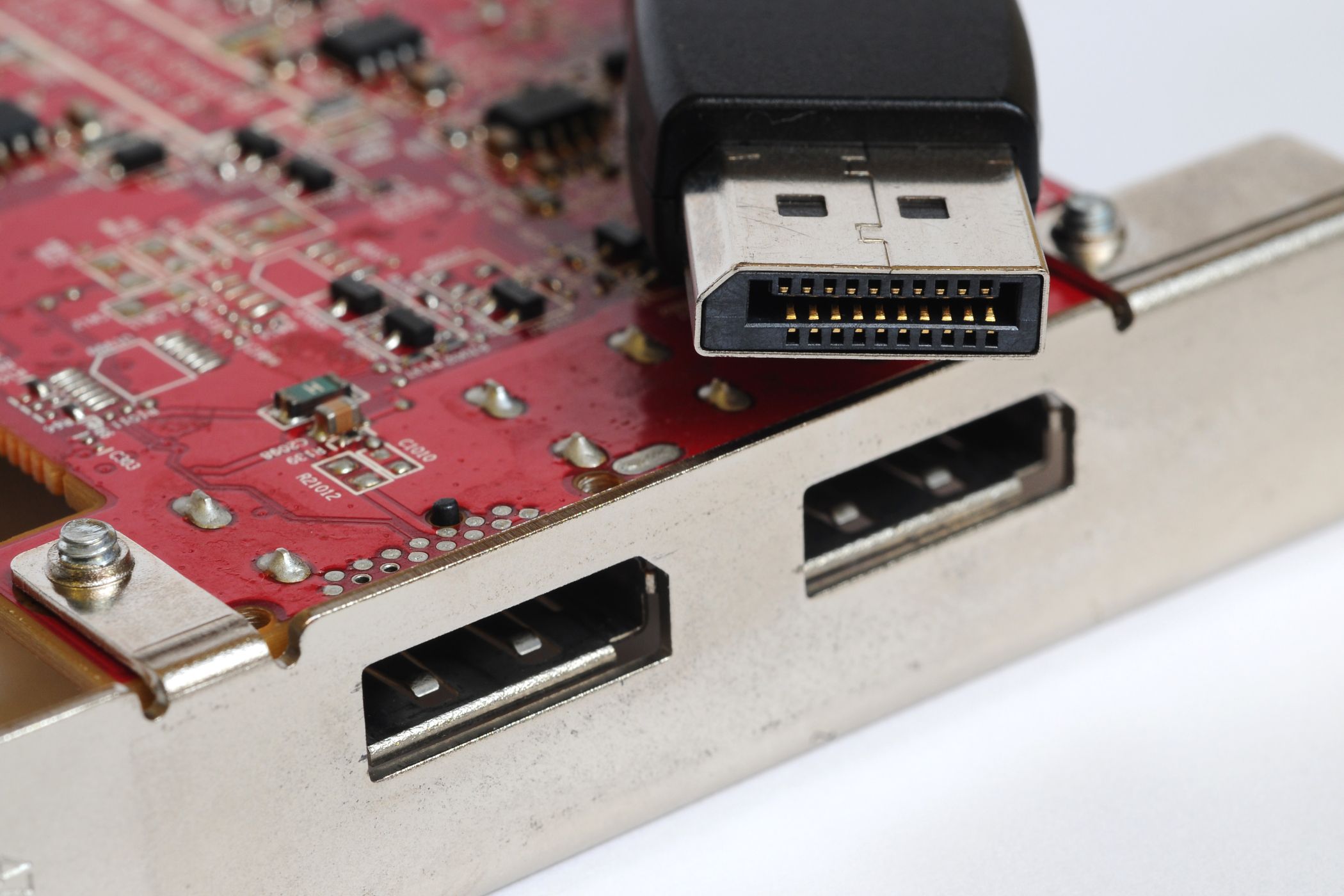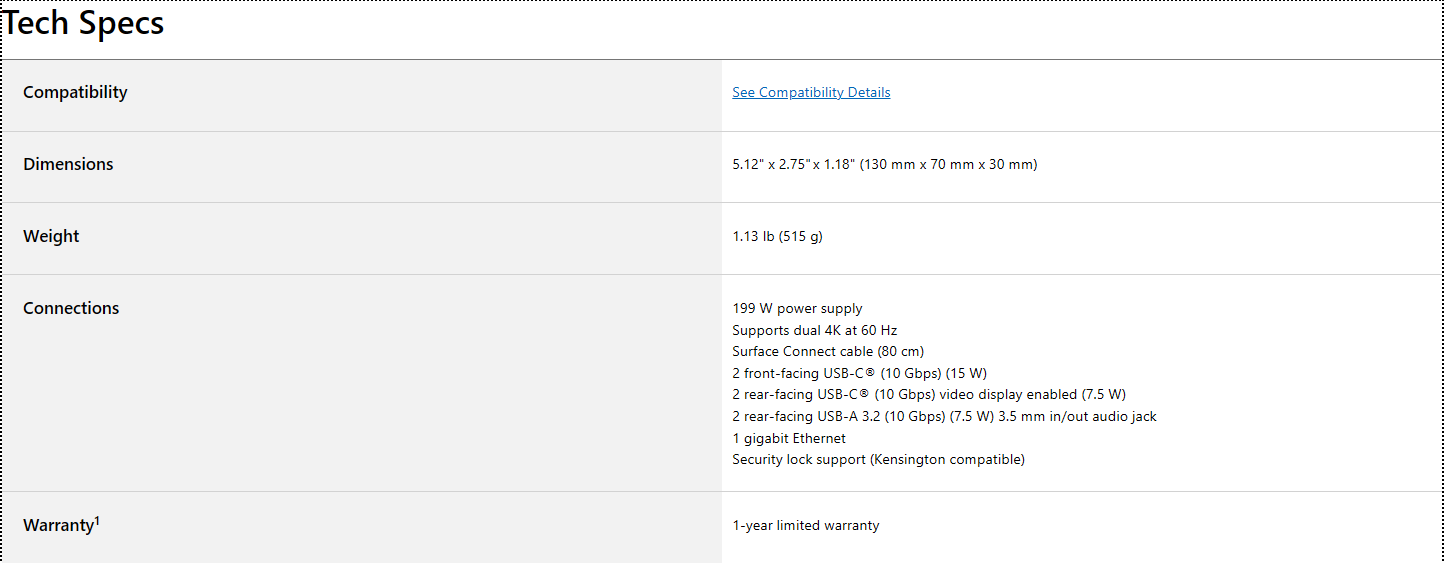If you’ve ever owned a Microsoft Surface device, there is a good chance you’ve encountered the Surface Connect Port. However, it provides way more functions than simple power delivery.
What Is the Surface Connect Port?
The Surface Connect port, sometimes just called the surface port or the connect port, is Microsoft’s proprietary connector featured on some Surface devices. It neatly slots in and is held in by a magnet. In practice, it is strong enough that you can pick up your device and move it around without worrying about the cable falling out, but it will also release if you happen to snag it, which prevents damage to the port, the connector, or the device it is attached to.
In many ways, it is similar the MagSafe charger you find on some MacBooks. However, unlike those connectors, the Surface Port is capable of transmitting power and data.
What Can the Surface Connect Port Do?
The port is designed as an all-in-one port, much like USB-C.
Because it is proprietary, we don’t know the precise technical specifications. We also don’t know exactly how the standard has changed since it was first introduced with the Surface Pro 3 in 2014.
Power Delivery
The fastest Surface charger available puts out up to 127 watts, which is probably close to the port and connector’s maximum power rating.
127 watts isn’t shabby though—it is more than enough to run most laptops under load without a problem, and is just more than half of the power delivered by USB Power Delivery 3.1.
Video Passthrough
The Surface port supports video over DisplayPort. According to Microsoft, the original Surface Dock (a peripheral hub) was capable of supporting two external monitors up to 4096 x 2160 (which is just 4K) running at 30 Hz, which means the original Surface Connect Port supported DisplayPort 1.2 at a minimum.
The Surface Dock 2 is capable of driving two 4K monitors running at 60Hz, which means, at a minimum, the latest version of the Surface Port supports DisplayPort 1.4.

DisplayPort 2.1 Explained
Get to know DisplayPort 2.1 before it becomes mainstream.
Data Delivery
The Surface Port is no slouch when it comes to data delivery. Again, we don’t know the precise details, but the specs of the Surface Dock 2 are pretty revealing. Besides the video throughput, the Dock 2 has two USB 3.2 type A ports, which are capable of 10 gigabits per second (Gbps) each. It also has 4 USB-C ports that Microsoft says are capable of 10Gbps each.
If all of those could be run simultaneously, that would put the max bandwidth near 60Gbps. That is exceptionally fast, even faster than Thunderbolt 4, which tops out at 40Gbps. Real-world tests suggest you won’t actually be able to max them all out, though that could easily be a limitation of the Surface Device rather than a limitation of the connector or port.
Why The Surface Port Has Been Phased Out
At the time it was released in 2014, it was competitive with other power and data ports that existed. The form factor, something no thicker than a full-sized SD card, also made a ton of sense on the Surface Pro lineup, since USB-C didn’t even exist then.
However, Thunderbolt and USB-C can now offer everything the Surface Connect Port does in a nearly universal format. That means better support for keyboards, mice, phones, docks, and every other peripheral you could ever want to attach. Thunderbolt 5 is also definitely faster. While the Surface Port might be able to hand speeds up to 60Gbps, Thunderbolt 5 can definitely support speeds up to 80Gbps, and in some scenarios 120Gbps, which is fast enough to run a pretty powerful eGPU.
Despite being a bit outdated as a multi-use data port, I would not be upset if magnetic charging ports stayed around on Surface devices. It stays connected reliably but will disconnect the moment you pull on it. That has saved my Surface Laptop from going flying on at least two occasions, and potentially saved me the cost of replacing them. Plus, the Surface Connect plug is just easier to fumble into place thanks to the magnetic attachment.








Leave a Comment
Your email address will not be published. Required fields are marked *